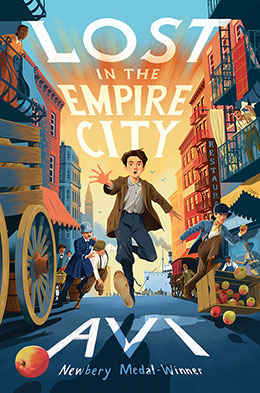
In all the current political debates about immigration, it is sometimes forgotten, that unless you are connected to Native People, we are ALL immigrants or descended from immigrants, people in search of a better life. Some fled religious or political persecution. Others were seeking to get away from famine, violence, or deep poverty. Some just want to do better. They still are coming.
To be sure, a good deal of that immigration was forced, either by way of slavery or judicial expulsion from England to the British colonies as a form of punishment. Then, too, there were legions of indentured people, folks who crossed the oceans by giving up their liberty and labor for a period of time in return for passage and the promise of future freedom. There was even a group of men who, part of the British or Hessian army corps (during the War for Independence) escaped from their military overlords to become Americans. Also, folks who become part of America through conquest, as happened following the 1846 Mexican War and the 1898 Spanish-American War.
As someone engaged with US history, it was only natural that I have written about some of this. Thus these books all touch upon some aspect of immigration.
Of course, Lost in The Empire City is set in New York City, where I grew up. The particular neighborhood where I lived was full of 19th buildings. The coal chute that is important in the story is something my parent’s 1835 house had — though in my day, it was long after any coal was delivered.
I can trace my own family history to France, Russia, Ukraine, and Belarus. My grandmother, Mariam Zunser, wrote a memoir (titled Yesterday) about her family, and her coming to America. In it she recounts the first time (as a child) she was given a banana to eat and had no idea how to eat it. The incident is replicated in Lost in The Empire City.
When beginning to write the book, while chatting with my friend and colleague, the illustrator Brian Floca, we discovered that our grandfathers — who immigrated from very different places in Europe — may well have lived in the same NYC neighborhood in the early 20th Century. One of the results of our talk led me to name the ship in which Santo and his family come to America (in the story) The Fulda. That was the ship upon which the Floca family came across the Atlantic.
There are a vast number of books that tell the story of immigration, both personal accounts, and historical studies. Some of those I read were about particular waves of immigration (e.g., Italian Immigration) or about the Ellis Island experience, as well as what it was like for the children of immigrants. As for old New York, go to YouTube NYC 1910, for some very early film.
Kids have a special place in immigrant history, for they embody the evolution of old worlds to the new. In many cases, because they assimilated faster than their elders, they became the guardians and protectors of their parents. Indeed, the premise of my book is young Santo’s promise to take care of his family, no matter what happens. And a lot happens.
Then there is the long legal history of immigration, people welcomed, people pushed away or not allowed in at all. All part of the tapestry of American history, the good, the bad, the endless but never effortless flow of people.
It was my intent that Lost in The Empire City become part of that flow. The novel is in no way about me, and yet, because of my family history it is all about me.
And millions of other Americans. Like you.
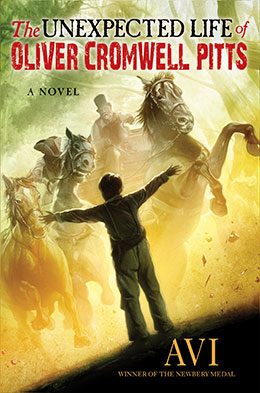
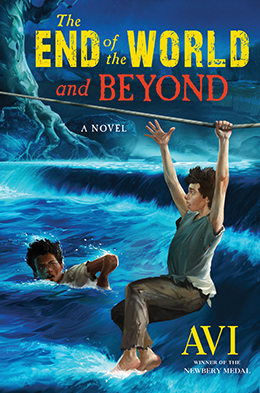
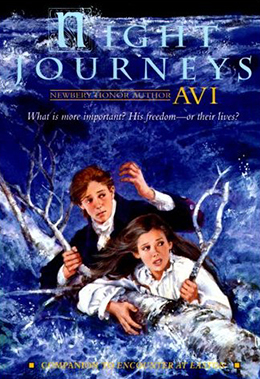
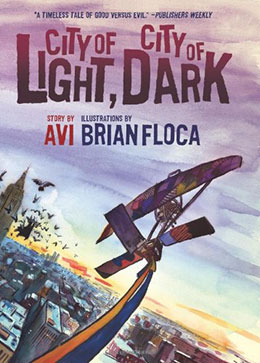
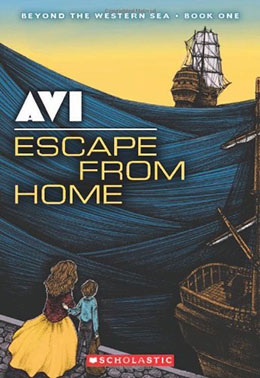
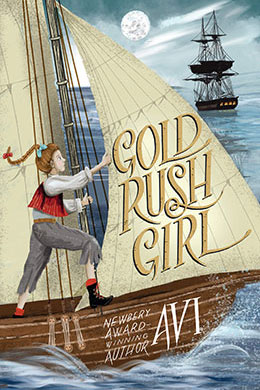
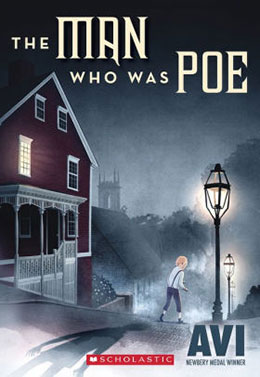
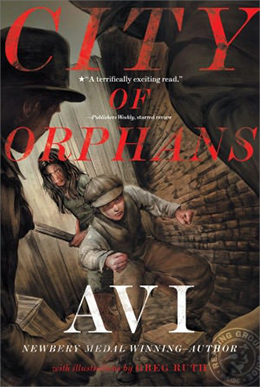
1 thought on “Story behind the Story #74: Lost in the Empire City”
It’s true, Avi. How can we tell someone that they can’t come to this country if they want to? We have no right. Maybe where they are leaving is very bad. We have all come from Adam and Eve so we are all of us brothers and sisters. Jesus treated people kindly and we are supposed to follow his footsteps. So anyone who is being unkind to immigrants is not being Christian. That is just the facts.